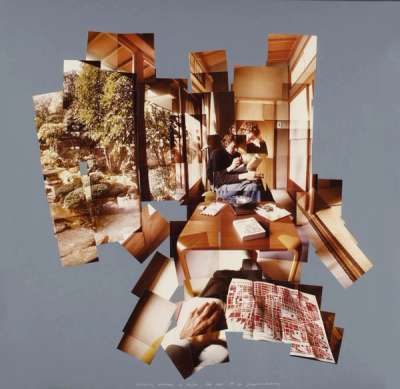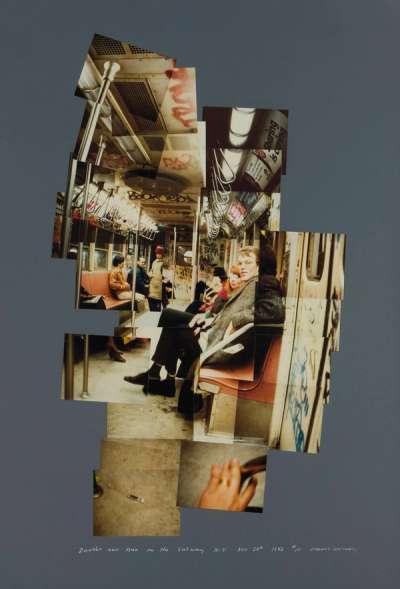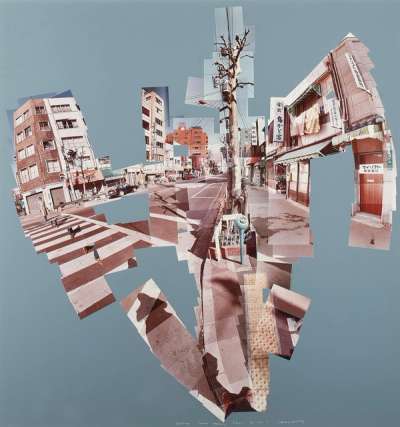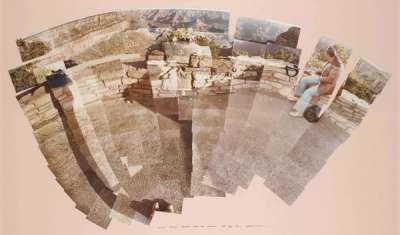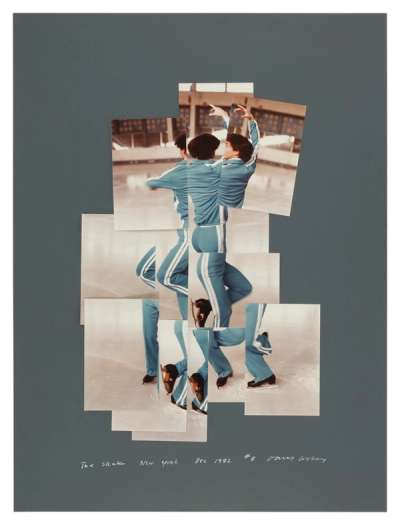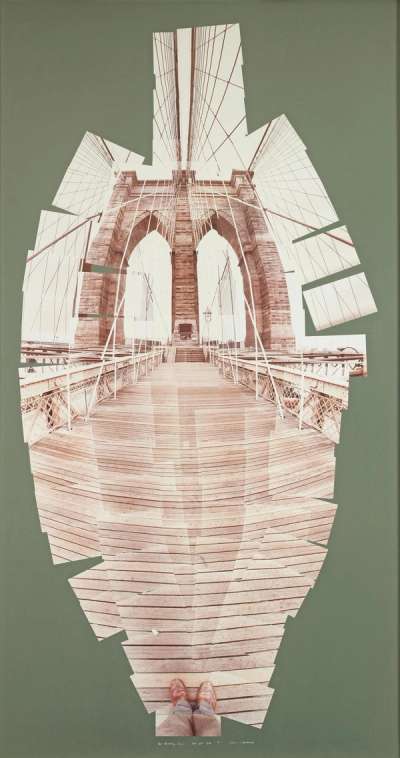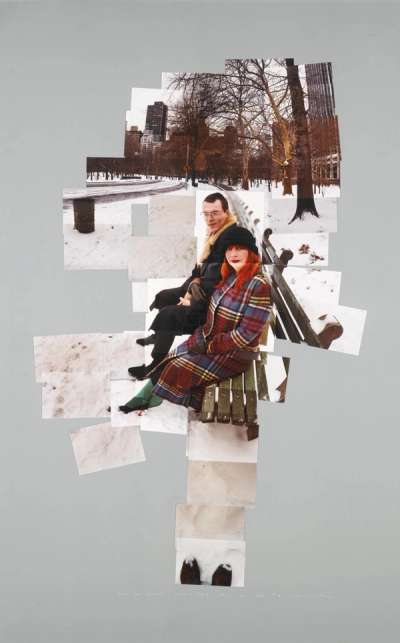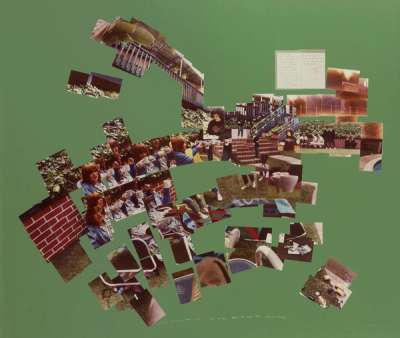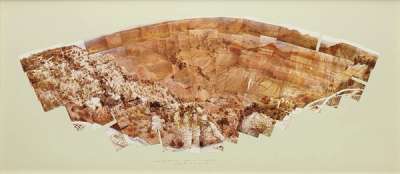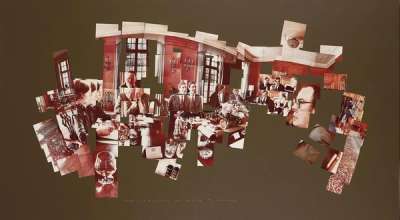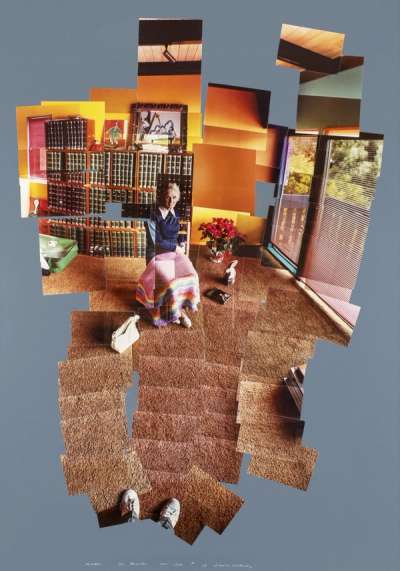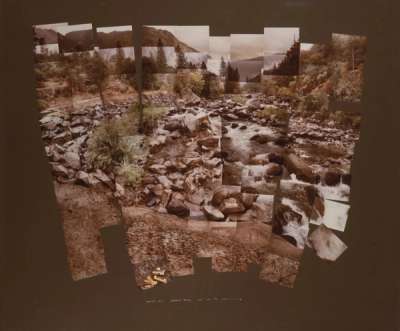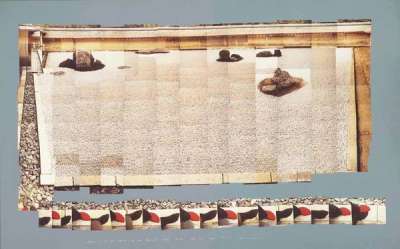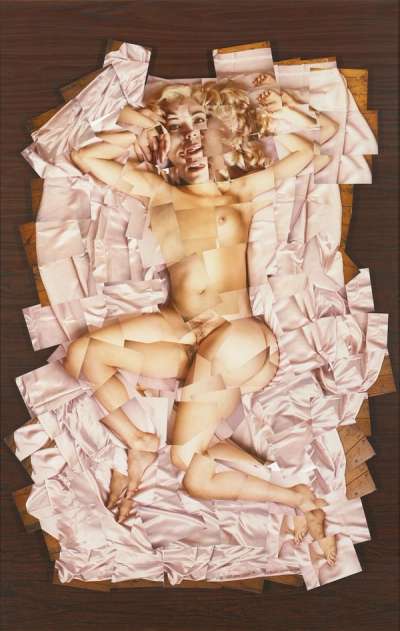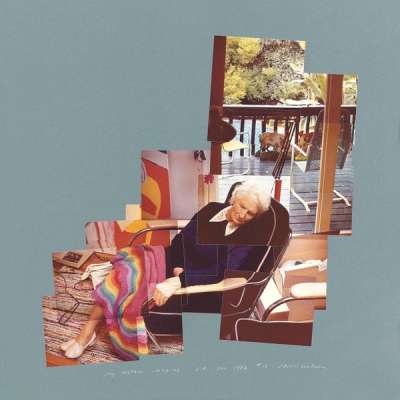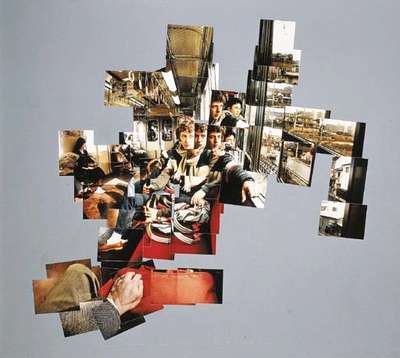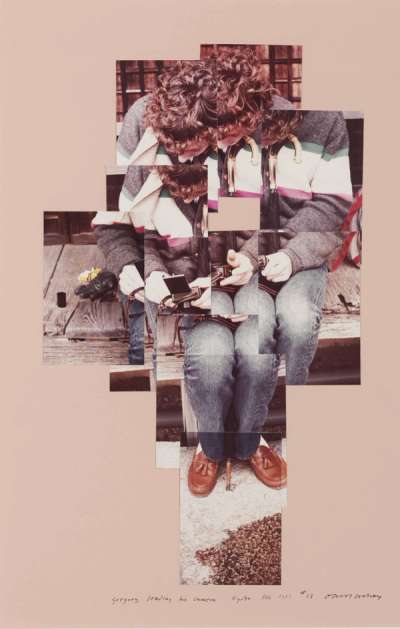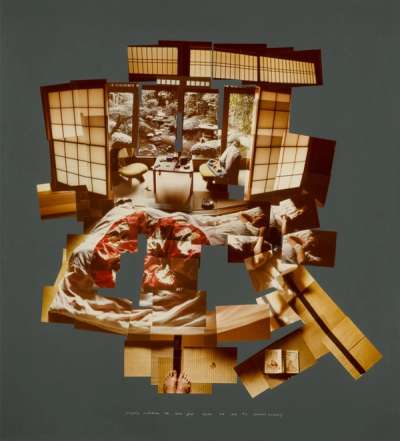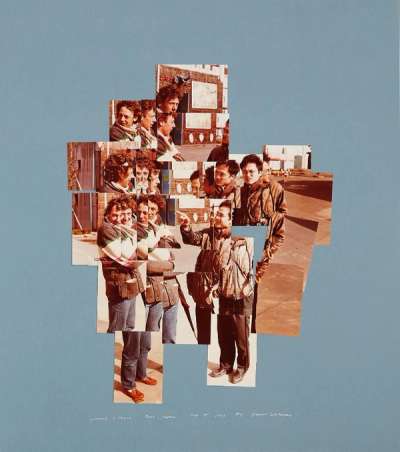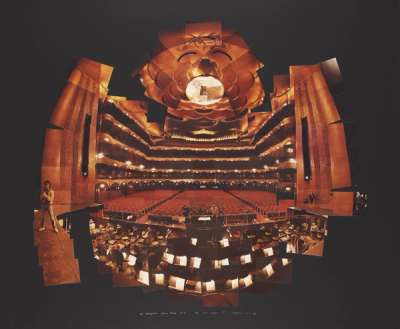
The Desk

The Desk
Signed Print
David Hockney
£20,000-£30,000Value Indicator
$40,000-$60,000 Value Indicator
$35,000-$50,000 Value Indicator
¥180,000-¥270,000 Value Indicator
€24,000-€35,000 Value Indicator
$200,000-$290,000 Value Indicator
¥3,810,000-¥5,720,000 Value Indicator
$25,000-$40,000 Value Indicator
AAGR (5 years) This estimate blends recent public auction records with our own private sale data and network demand.
There aren't enough data points on this work for a comprehensive result. Please speak to a specialist by making an enquiry.
Medium: Photographic print
Edition size: 20
Year: 1984
Size: H 100cm x W 110cm
Signed: Yes
Format: Signed Print
Track this artwork in realtime
Watch artwork, manage valuations, track your portfolio and return against your collection
Track auction value trend
Auction Results
| Auction Date | Auction House | Location | Hammer Price | Return to Seller | Buyer Paid |
|---|---|---|---|---|---|
| May 2023 | Freeman's | United States | |||
| September 2014 | Phillips New York | United States | |||
| September 2014 | Sotheby's New York | United States |
Meaning & Analysis
This 1984 print by British artist David Hockney is entitled The Desk. Part of the Photo Collages series, it was first released in an edition of 20. Dizzying in its inclusion of a variety of different and often contradictory photographic perspectives of a desk – a recurrent subject in Hockney’s work since the 1960s.
The Desk (1984) is a print by British artist David Hockney. Drawing significantly on Hockney’s Cubist influences, and particularly the work of Pablo Picasso, it combines a multitude of different perspectives of one scene. Depicting an often-overlooked item of household furniture, the desk, it references Hockney’s earlier portrayals of the same subject, such as the painting Still Life With TV (1969). Fragmenting the large and otherwise static desk into a variety of smaller photographic images, Hockney accords it a dynamism that directly mirrors the work carried out on its surface. A monograph of Cubist artworks, including Picasso’s work Guitar (1913), lays in the middle of the desk in a meta-referential allusion to the print’s fragmented, composite form and the methodology of which it is product: in Picasso’s work, different materials including wallpaper, newspaper and cardboard are brought together in order to craft the loosely representational image of a guitar. Here, Hockney does the same with photographs. An extension of Hockney’s own unique brand of photographic philosophy, this print makes use of a multi-focal perspective that illuminates a level of detail often lost to the singular image: scratches and stains on the wooden floor come together with an historical volume to give us intimate access into Hockney’s living and working environment, as in Sunday Morning Nov 28th 1982 Mayflower Hotel N.Y. (1982).
British-born artist David Hockney is a kaleidoscopic force in the art world. Born in 1937, Hockney's vibrant palette and innovative techniques have left an indelible mark on contemporary art. A pioneer of the British Pop Art movement in the 1960s, he seamlessly transitioned through various styles, from photo collages to vivid landscapes. Renowned for his exploration of light and space, Hockney's versatility extends to painting, printmaking, photography, and stage design. A captivating storyteller, his works often capture the essence of modern life with a playful yet profound touch. With a career spanning decades, Hockney remains an enduring visionary in the ever-evolving art world.
